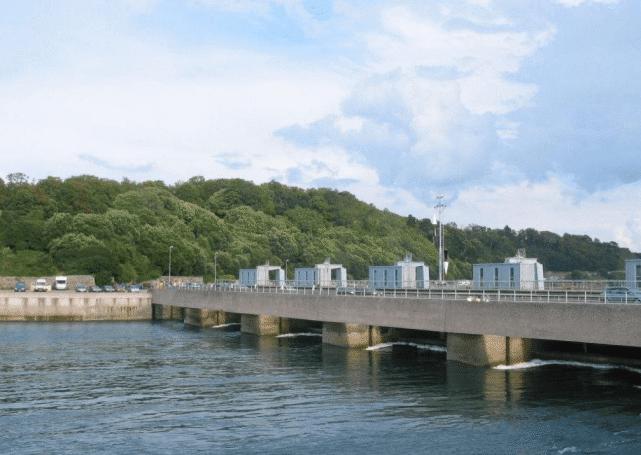**Tidal Energy Hotspots: Where the Ocean Powers Our Future**
(Where Is Tidal Energy Produced)
The ocean never sleeps. Waves crash, currents swirl, and tides rise and fall like clockwork. Hidden in this watery dance is a power source we’re only starting to tap: tidal energy. But where does this energy come from? Let’s dive into the corners of the globe where the ocean’s rhythm lights up homes and industries.
Tidal energy works by capturing the movement of water during high and low tides. Special turbines or barriers are placed in areas with strong tidal flows. These devices spin as water moves through them, generating electricity. It sounds simple, but location is everything. Not every coast is cut out for this. The best spots have big differences between high and low tides and narrow channels that force water to speed up.
South Korea leads the pack. The country’s west coast is home to the Sihwa Lake Tidal Power Station, the largest tidal plant in the world. Built into a seawall, it uses the massive tidal range of the Yellow Sea. Every day, seawater rushes in and out of the lake, spinning turbines that power over half a million homes. South Korea’s coast isn’t just scenic—it’s a battery.
France is another pioneer. The Rance Tidal Power Station in Brittany has been running since 1966. It’s old but still effective. The Rance River estuary sees tides as high as 13 meters. Engineers built a dam across the estuary, trapping water at high tide and releasing it through turbines. This plant lights up a small city year after year. It’s proof that tidal energy isn’t just a new trend—it’s been around longer than most smartphones.
Scotland is joining the race. The Pentland Firth, a narrow channel between the Scottish mainland and the Orkney Islands, is often called the “Saudi Arabia of tidal energy.” The tides here are fierce, with water moving faster than 10 miles per hour. Companies are testing underwater turbines that look like giant fans. These devices sit on the seabed, spinning silently as currents pass. The goal is to power thousands of homes without disturbing the rugged coastline.
Canada’s Bay of Fundy is a tidal energy superstar. The bay has the highest tides on Earth, with water levels rising and falling by up to 16 meters twice a day. That’s taller than a four-story building. Projects here use floating turbines or seabed-mounted devices to catch the energy. It’s tricky—the tides are powerful enough to wreck equipment—but the potential is huge.
Not every project succeeds. Some places face problems like high costs, environmental concerns, or technical hiccups. Building in the ocean is tough. Saltwater corrodes metal, storms damage equipment, and marine life sometimes gets in the way. Still, engineers keep improving designs. Newer turbines are smaller, tougher, and less harmful to ecosystems.
The future of tidal energy isn’t just about big countries. Small islands and remote coastal towns are getting creative. In Indonesia, villages are testing small-scale tidal generators to reduce reliance on diesel. In Alaska, isolated communities use tidal power to cut energy costs. The ocean doesn’t care if you’re a rich nation or a tiny island—if you’ve got strong tides, you’ve got potential.
What’s next? Countries are eyeing new sites. China is exploring tidal energy near Fujian. India plans projects in the Gulf of Kutch. Even the United States is scouting locations in Maine and Washington. The race isn’t just about technology—it’s about geography. The right spot can turn the ocean’s endless motion into clean, predictable power.
(Where Is Tidal Energy Produced)
Tidal energy won’t replace solar or wind overnight. It’s still niche, with high upfront costs and limited sites. But as technology improves, more hotspots will emerge. The ocean offers a rhythm we’ve ignored for too long. Now, we’re learning to dance to it—one turbine at a time.
Inquiry us
if you want to want to know more, please feel free to contact us. (nanotrun@yahoo.com)




